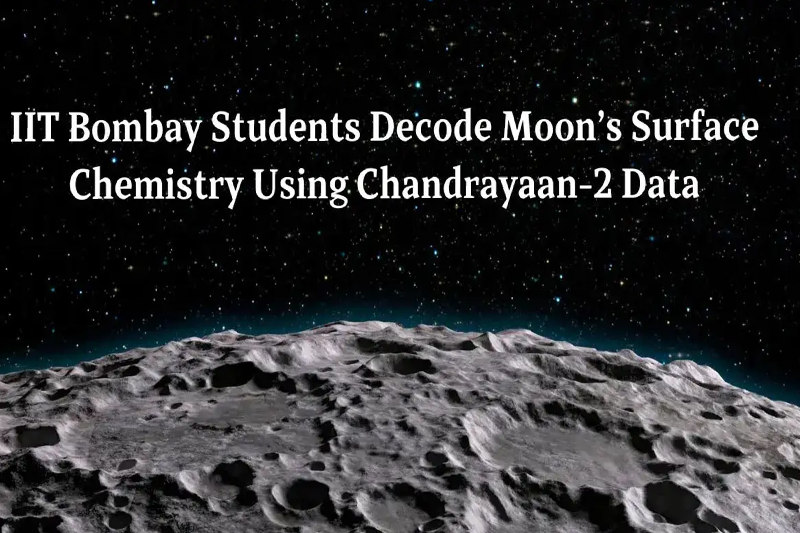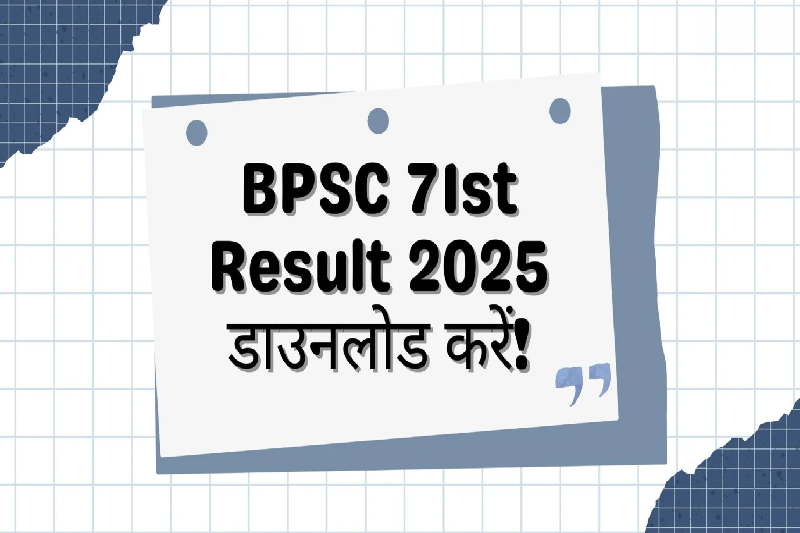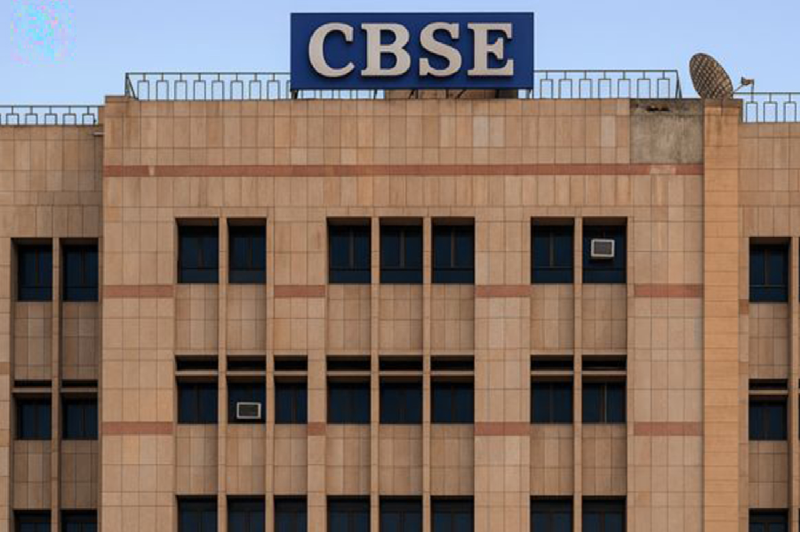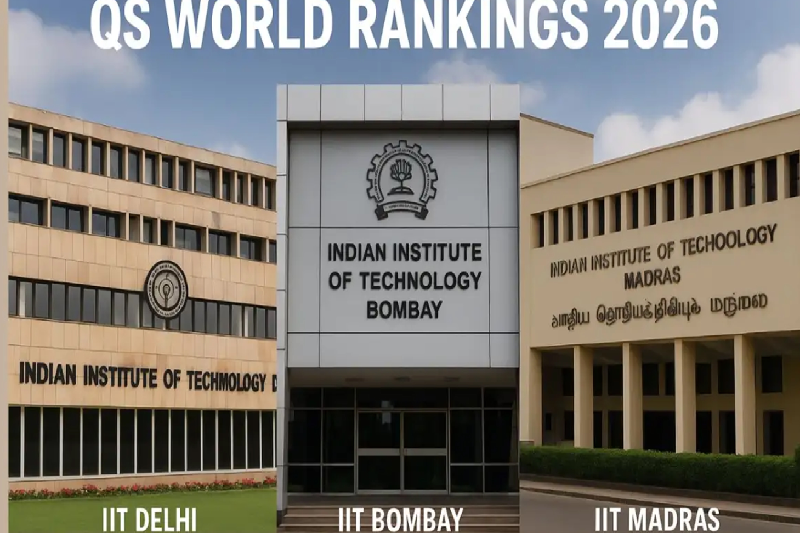
IIT Bombay Students Map the Moon’s Surface Chemistry Using Chandrayaan-2 Data: A Leap in Space Research Innovation
In an exciting breakthrough in Indian space research, students from the Indian Institute of Technology Bombay (IIT Bombay) have successfully charted the Moon’s surface chemistry using data collected by ISRO’s Chandrayaan-2 mission. This achievement was part of a challenge posed by the Indian Space Research Organisation's (ISRO) U R Rao Satellite Centre (URSC) during the prestigious Inter-IIT Tech Meet.
The project not only underscores the scientific potential of Chandrayaan-2’s data but also highlights the growing role of India’s young scientific minds in contributing to the country’s space exploration legacy.
How Chandrayaan-2’s CLASS Instrument Helps Decode the Moon’s Surface
The Moon’s surface is constantly bombarded by intense X-ray radiation from the Sun because it lacks an atmosphere. When these solar X-rays strike the lunar surface, the elements present emit their own unique fluorescence. This natural X-ray fluorescence allows scientists to identify the composition of the Moon’s surface.
Chandrayaan-2’s Large Area Soft X-ray Spectrometer (CLASS) is specifically designed to exploit this phenomenon. Orbiting about 100 km above the Moon, CLASS scans the surface in wide strips during each orbit, collecting extensive X-ray spectral data.
Over the years, CLASS has mapped nearly the entire lunar surface, creating a rich dataset accessible via ISRO’s Pradan data portal. However, much of this data remained scientifically underutilized until the recent efforts by IIT Bombay students.
The Challenge: Turning Data into Discovery
The ISRO challenge given during the Inter-IIT Tech Meet invited student teams to analyze the CLASS dataset and extract meaningful insights about the Moon’s surface chemistry. The task required not only a deep understanding of astrophysics but also sophisticated data analysis techniques to interpret the complex X-ray spectra collected by Chandrayaan-2.
For the students, this was more than just a competition; it was an opportunity to contribute to India’s space science frontier. “It was simultaneously exhilarating and humbling to be working with data from ISRO’s flagship Chandrayaan mission,” said Ravi Kumar, the lead student from the winning team.
He added, “Every step felt like we were contributing to something monumental — a once-in-a-lifetime experience that connected us directly to India’s space exploration legacy.”
Mentorship and Research: From Competition to Publication
While the competition provided the initial platform, the students’ efforts extended far beyond. Under the guidance of Prof Varun Bhalerao of IIT Bombay, the team transformed their competition results into publishable scientific research.
Prof Bhalerao praised the students’ dedication: “They applied advanced astrophysics and data analysis techniques to extract meaningful surface chemistry information from complex X-ray spectra. Their work exemplifies the best of scientific inquiry.”
This transition from competitive data analysis to academic research showcases how IIT Bombay fosters a culture where innovation and rigor go hand in hand, enabling students to push the boundaries of scientific knowledge.
IIT Bombay’s Growing Legacy in Space Research
The success of the IIT Bombay team aligns with the institution’s expanding role in India’s space science ecosystem. Prof Shireesh Kedare, Director of IIT Bombay, remarked, “IIT Bombay students have demonstrated that when given the opportunity, they consistently rise to meet the most challenging scientific problems.”
This accomplishment also reflects the importance of collaborative efforts between premier educational institutes and government agencies like ISRO, fostering an ecosystem that nurtures talent and innovation.
Celebrating India’s Young Talent on National Space Day
The achievement comes at a symbolic time as India celebrates its second National Space Day—a tribute to the country’s advances in space technology and exploration. “This achievement perfectly showcases how India’s young talent will drive our nation’s space program to new heights through innovation and excellence,” said IIT Bombay Deputy Director Prof Milind Atrey.
The project highlights the critical role played by students and academic institutions in supporting and expanding India’s space ambitions, leveraging data from flagship missions like Chandrayaan-2.
The Bigger Picture: What This Means for Lunar Science
By successfully mapping the Moon’s surface chemistry, IIT Bombay students have contributed valuable insights into lunar geology. Understanding the elemental composition of the Moon’s surface is crucial for future lunar exploration missions, including potential human settlements and resource utilization.
Moreover, this achievement demonstrates how publicly available space mission data can be harnessed to fuel scientific discovery, democratizing access to space science and inspiring the next generation of researchers.
Conclusion: A Bright Future for India’s Space Explorers
The success story of IIT Bombay’s students transforming Chandrayaan-2 data into groundbreaking lunar surface maps is a testament to the power of curiosity, innovation, and collaboration. It also reaffirms India’s growing stature in the global space research community.
As more students and institutions get involved with data from missions like Chandrayaan-2, the future promises exciting discoveries and advancements, driven by the passion and intellect of India’s youth.



